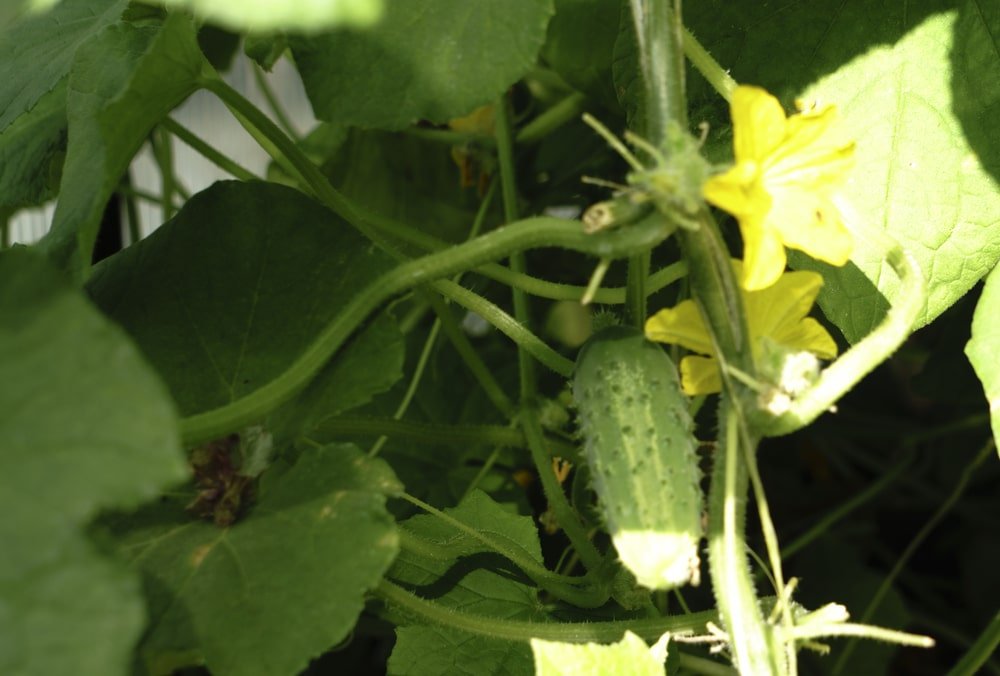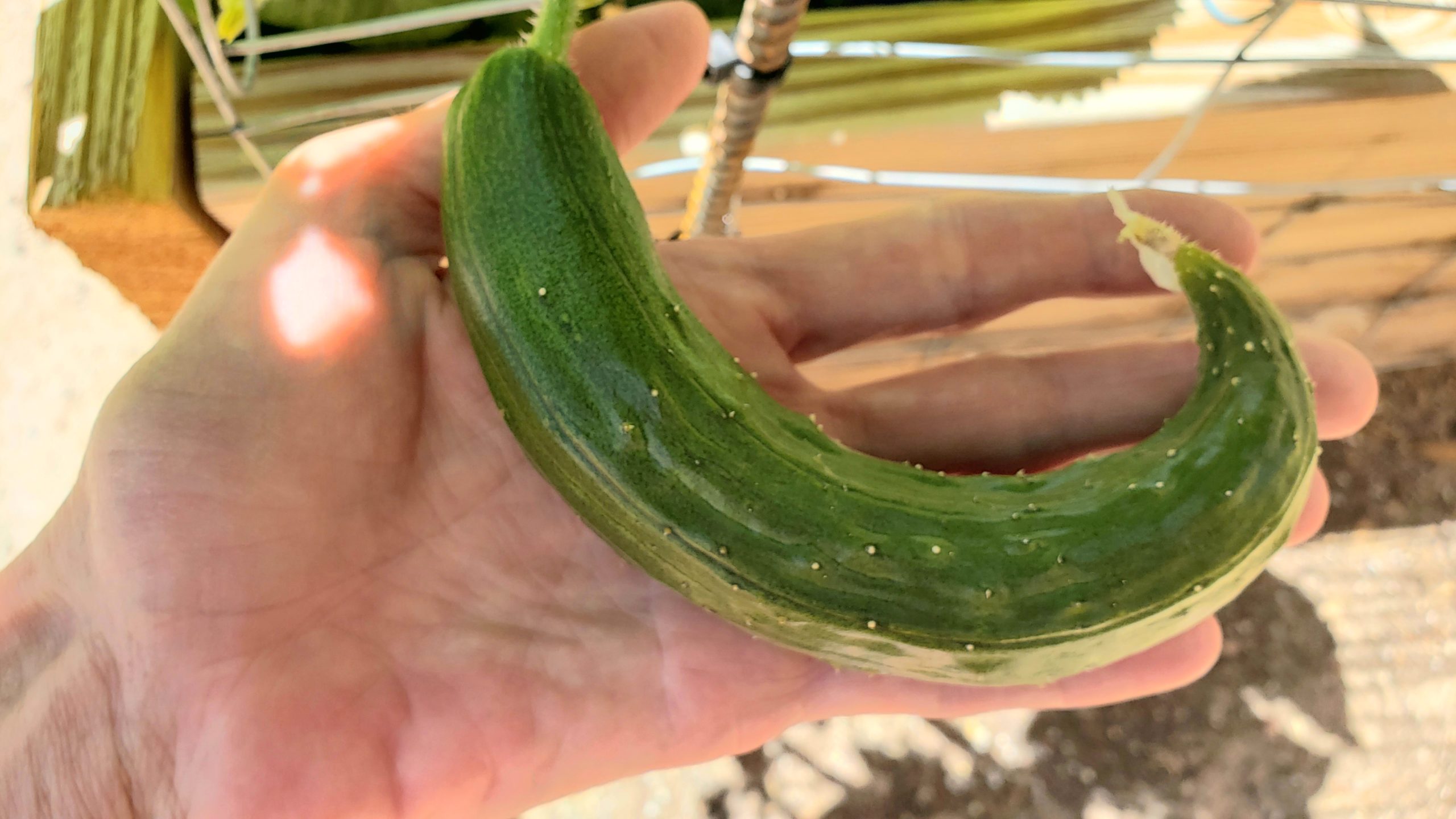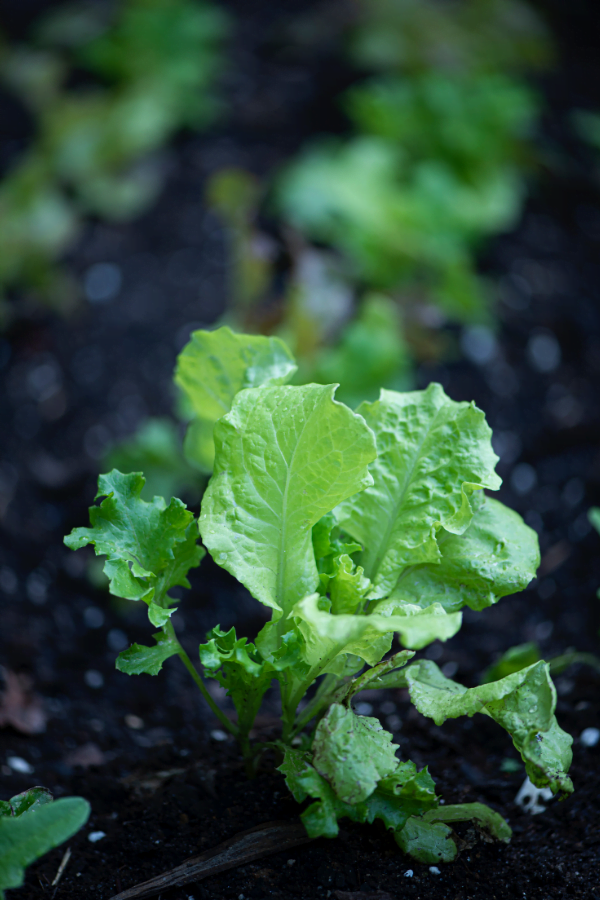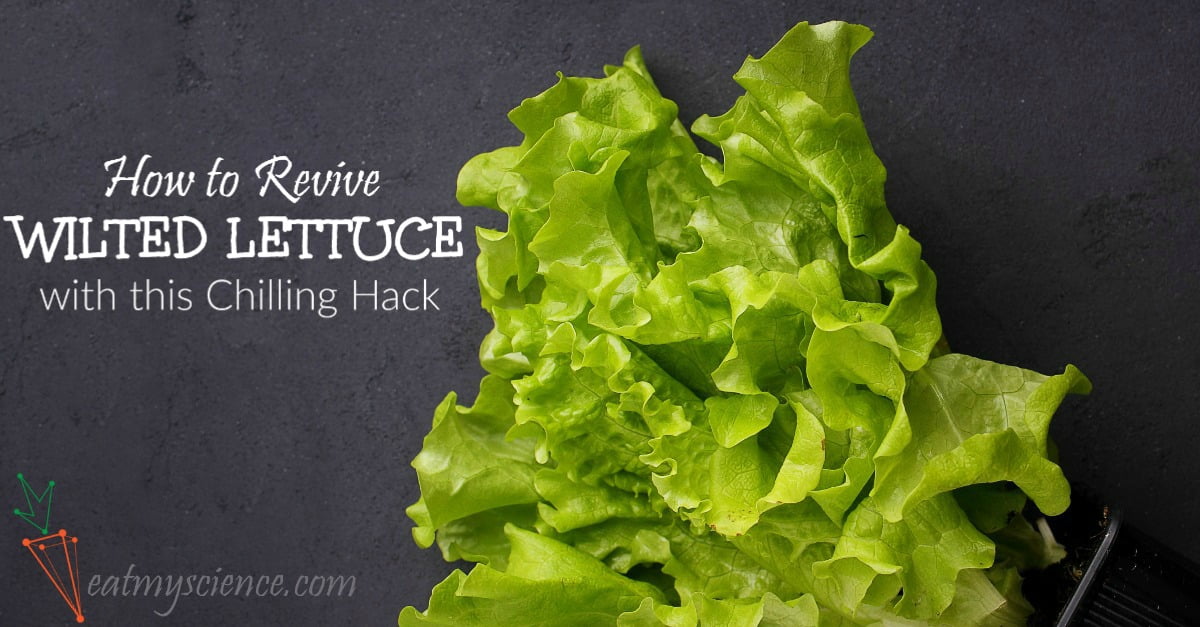Have you ever wondered why cucumbers have those tiny prickly bumps on their skin? It turns out there is a fascinating scientific explanation behind this unique feature. These bumps, known as trichomes, serve as a natural defense mechanism for the cucumbers. They contain chemicals that deter insects and other pests from nibbling on the fruit. In this article, we will explore the science behind why cucumbers are prickly and how this trait has evolved to protect them in their natural environment. So, get ready to uncover the secret behind the prickliness of cucumbers!

Overview
Introduction to cucumber prickliness
Have you ever wondered why some cucumbers have those pesky prickles all over their skin? It turns out that the prickliness of cucumbers is actually a fascinating scientific phenomenon. In this article, we will delve into the mysterious world of cucumber prickliness and explore the various factors that contribute to this unique characteristic.
Importance of understanding the science behind
Understanding the science behind cucumber prickliness is crucial for several reasons. Firstly, it allows us to gain a deeper appreciation for the complexity of nature and the diverse adaptations that plants have developed over time. Furthermore, by unraveling the secrets of cucumber prickliness, we can uncover potential applications in agriculture, crop improvement, and even pest management. So, let’s dive into the intriguing world of cucumber anatomy, genetics, environmental factors, and the chemical composition of trichomes, in order to understand the science behind why cucumbers are prickly.
Cucumber Anatomy
External structure of a cucumber
To truly understand why cucumbers are prickly, we must first examine their external structure. Cucumbers have a cylindrical shape with a waxy green skin. The surface of the skin is covered in tiny spines, which give cucumbers their characteristic prickly texture.
Microscopic view of cucumber epidermis
When we zoom in on the skin of a cucumber at a microscopic level, we can observe the epidermis, the outermost layer of cells. The epidermis is made up of specialized structures called trichomes, which are responsible for the prickliness of cucumbers.
Role of trichomes in cucumber prickliness
Trichomes play a crucial role in cucumber prickliness. These hair-like structures protrude from the surface of the cucumber’s skin and act as a defense mechanism against potential predators. By understanding the functions and characteristics of trichomes, we can decipher the science behind cucumber prickliness.
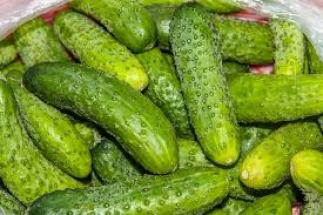
Trichomes and Prickliness
Definition of trichomes
Trichomes are small hair-like structures that can be found on the surface of various plant species, including cucumbers. They are composed of individual cells and can take on different shapes and sizes depending on the plant species.
Types of trichomes found in cucumbers
In cucumbers, there are two main types of trichomes: glandular trichomes and non-glandular trichomes. Glandular trichomes, also known as secretory trichomes, are responsible for producing and secreting various chemicals that play a role in the prickliness of cucumbers. Non-glandular trichomes, on the other hand, do not secrete any substances but still contribute to the physical defense of the plant.
Functions of trichomes
Trichomes serve multiple functions in plants. They can act as a physical barrier, protecting the plant against external threats such as insects and pathogens. Trichomes can also help to reduce water loss by creating a microclimate around the leaf surface. Additionally, trichomes may play a role in reflecting excess light and reducing damage caused by UV radiation.
Relationship between trichomes and cucumber prickliness
The prickliness of cucumbers is directly linked to the presence of trichomes on their skin. The density and length of trichomes on the cucumber’s epidermis contribute to the overall prickly texture. The more trichomes a cucumber has, the pricklier it will feel to the touch.
Genetics and Evolution
Inheritance of cucumber prickliness
The trait of cucumber prickliness can be inherited from one generation to the next. Genetic studies have revealed that multiple genes are involved in determining the density and length of trichomes on the cucumber’s surface. This complex inheritance pattern adds to the diversity of cucumber prickliness observed in different varieties.
Role of genes in trichome development
Genes play a crucial role in the development and regulation of trichomes in cucumbers. These genes control the initiation, growth, and differentiation of trichome cells, leading to the variation in trichome density and morphology seen among different cucumber plants.
Evolutionary advantages of cucumber prickliness
The evolution of cucumber prickliness is believed to be driven by the advantages it provides to the plant. The prickles serve as a physical deterrent, making it more difficult for predators to consume the cucumber. This defense mechanism increases the plant’s chances of survival and reproductive success.
Selective pressures driving trichome development
The development of trichomes in cucumbers is influenced by various selective pressures in their natural environment. Factors such as herbivory, temperature fluctuations, and UV radiation can shape the evolution of trichome density and length, leading to variations in cucumber prickliness.
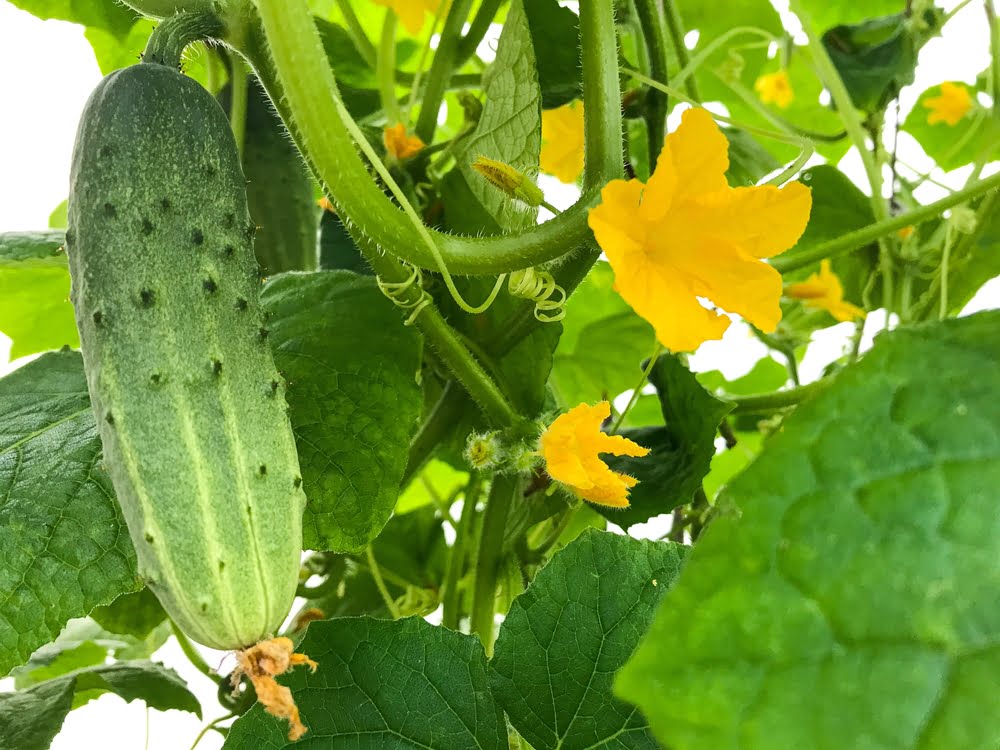
Environmental Factors
Effect of temperature on trichome density
Temperature has been found to have a significant impact on the density of trichomes in cucumbers. Studies have shown that trichome density tends to increase in response to higher temperatures. This suggests that trichomes may help regulate leaf temperature and protect the plant from excessive heat.
Humidity’s influence on cucumber prickliness
Humidity levels also play a role in cucumber prickliness. High humidity has been associated with a higher density of trichomes on cucumber leaves. This suggests that trichomes may help reduce water loss through transpiration, thus helping the plant cope with humid conditions.
Relationship between light exposure and trichome production
Light exposure can influence trichome production in cucumbers. Research has shown that higher light intensity leads to an increase in trichome density on the cucumber’s surface. This may be a protective mechanism against excessive light and UV radiation.
Other environmental factors impacting cucumber prickliness
In addition to temperature, humidity, and light exposure, other environmental factors can impact cucumber prickliness. Soil nutrient availability, water availability, and even air pollution can influence the growth and development of trichomes, ultimately affecting cucumber prickliness.
Chemical Composition of Trichomes
Components of trichomes
Trichomes are not only hair-like structures but also reservoirs for a variety of chemical compounds. These compounds can include terpenoids, flavonoids, phenolic compounds, and other secondary metabolites that contribute to the prickliness and defensive properties of cucumbers.
Specific chemicals responsible for prickliness
Certain chemicals found in trichomes have been identified as key contributors to cucumber prickliness. Cucurbitacins, a group of bitter-tasting compounds, are mainly responsible for the distinct prickly sensation when consuming cucumbers. These compounds serve as a deterrent to herbivores, making the cucumber less desirable as a food source.
Defensive purposes of trichome chemicals
The presence of chemical compounds in trichomes serves as a defense mechanism against herbivores. Cucurbitacins and other trichome chemicals can be toxic or have repellent properties, making the cucumber less palatable or even harmful to potential predators.
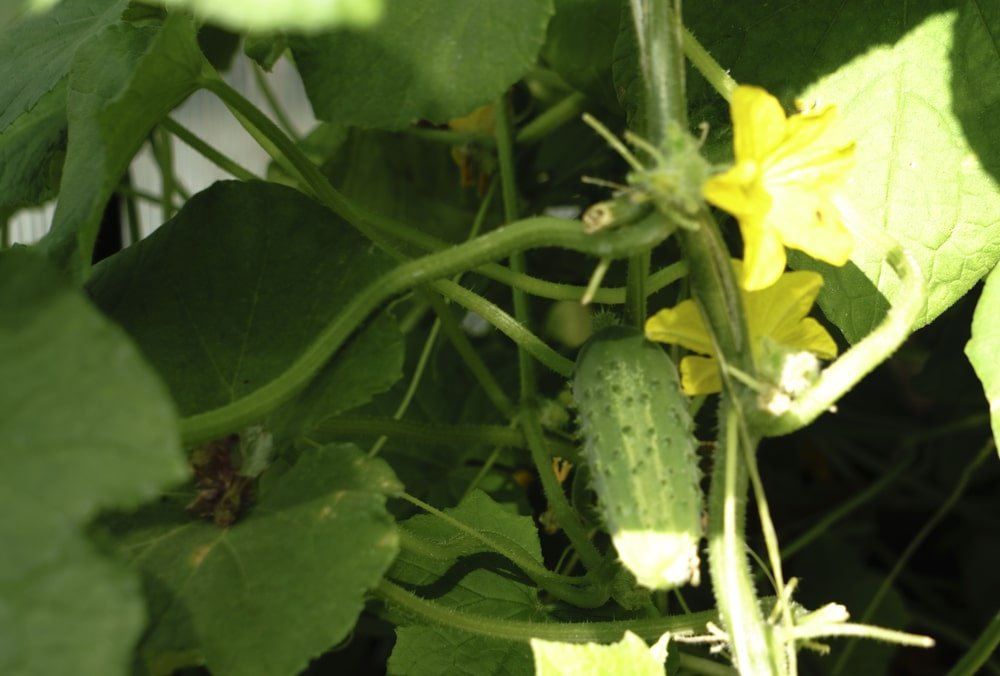
Prickliness as a Defense Mechanism
Predator avoidance through cucumber prickliness
Cucumber prickliness acts as a deterrent for potential predators. The physical barrier created by trichomes makes it difficult for herbivores to access and feed on the cucumber. This defense mechanism is especially important during the early stages of plant growth when the cucumber is most vulnerable.
Role of trichome chemicals in deterring herbivores
Trichome chemicals, such as cucurbitacins, play a crucial role in deterring herbivores from consuming cucumbers. These chemicals can have a bitter taste or other aversive properties, making the cucumber less attractive as a food source. The presence of these chemicals acts as a warning signal to potential herbivores, decreasing the likelihood of predation.
Mechanisms of trichome-based defense
Trichome-based defense mechanisms involve physical and chemical components. The physical barrier created by trichomes prevents direct contact between the predator and the cucumber, reducing the likelihood of damage. The chemical compounds within trichomes further enhance this defense by causing discomfort or even toxicity to potential herbivores.
Cucumber Domestication and Prickliness
Selection against prickliness during cultivation
During the process of cucumber domestication, humans have selectively bred varieties of cucumbers with reduced prickliness. This selection was likely driven by the preference for smoother-skinned cucumbers, which are more aesthetically appealing and easier to handle. As a result, modern cultivated cucumber varieties generally have fewer and shorter trichomes.
Advantages and disadvantages of non-prickly cucumber varieties
Non-prickly cucumber varieties have several advantages for human consumption. They are easier to handle, peel, and prepare, making them more convenient for culinary uses. However, the reduction in prickliness also means a potential loss of natural defense mechanisms, which may make these varieties more susceptible to damage by herbivores.
Genetic modifications and the future of cucumber prickliness
Advancements in genetic engineering techniques offer the possibility of modifying cucumber prickliness to meet specific needs. By understanding the genes and mechanisms involved in trichome development, scientists can potentially manipulate the expression of these genes to enhance or reduce cucumber prickliness, thereby improving crop yield, quality, and resistance to pests.
Implications for Agriculture
Benefits of understanding cucumber prickliness for farmers
Understanding the science behind cucumber prickliness can provide great benefits to farmers. By gaining insights into the genetic and environmental factors that influence trichome development, farmers can make informed decisions regarding crop selection, cultivation practices, and pest management. This knowledge can help optimize crop yield, reduce pesticide usage, and improve overall farming efficiency.
Management strategies for dealing with prickly cucumbers
For farmers dealing with prickly cucumber varieties, management strategies can be employed to minimize the negative impacts of prickliness. Protective measures such as wearing gloves and using specialized equipment during harvesting can help reduce injury caused by trichomes. Additionally, proper post-harvest handling and storage techniques can maintain cucumber quality while minimizing the risk of injury to handlers.
Potential applications in crop improvement
The understanding of cucumber prickliness can open new doors for crop improvement. By harnessing the knowledge gained from studying trichome development, researchers can potentially develop new strategies for enhancing crop resistance to pests and environmental stresses. This may involve breeding programs or genetic engineering techniques aimed at manipulating trichome density, chemical composition, or other traits associated with cucumber prickliness.
Conclusion
Summary of key takeaways
In conclusion, the prickliness of cucumbers is a fascinating scientific phenomenon that involves a complex interplay of genetics, environmental factors, and the chemical composition of trichomes. Trichomes, with their physical and chemical characteristics, serve as a defense mechanism against herbivores and environmental stressors. Understanding the science behind cucumber prickliness opens up possibilities for agricultural advancements, pest management strategies, and crop improvement.
Implications for further research
While significant progress has been made in understanding the factors contributing to cucumber prickliness, there is still much to explore. Further research could delve deeper into the genetic basis of trichome development, the specific chemicals responsible for prickliness, and the underlying mechanisms of trichome-based defense. By continuing to unravel the mysteries of cucumber prickliness, we can continue to expand our knowledge and potentially unlock new applications in various fields.
